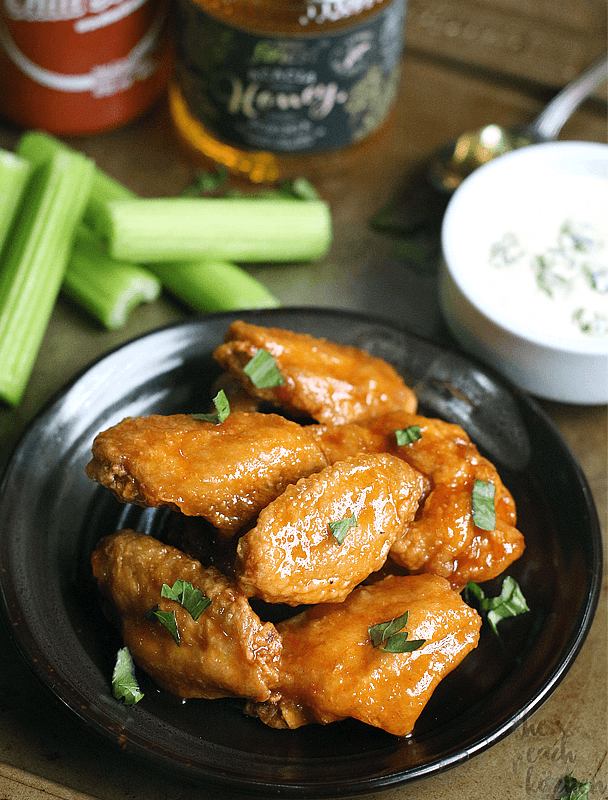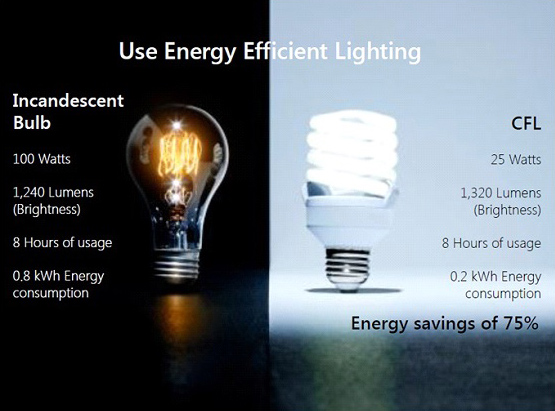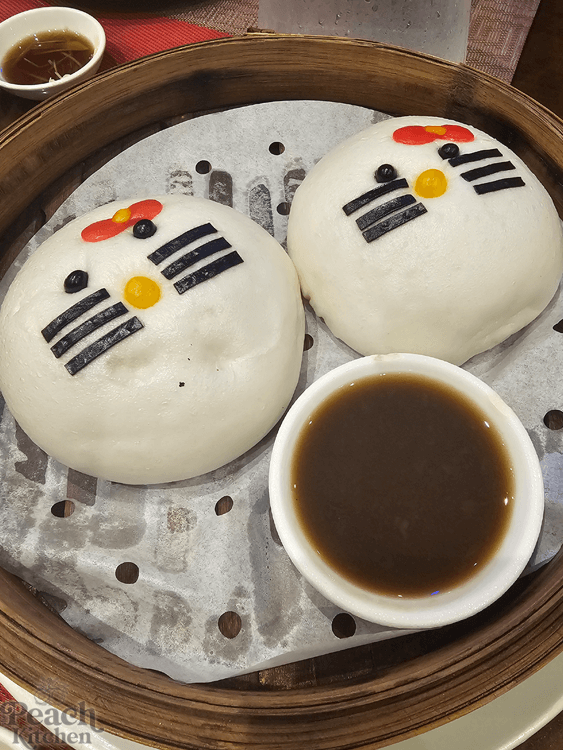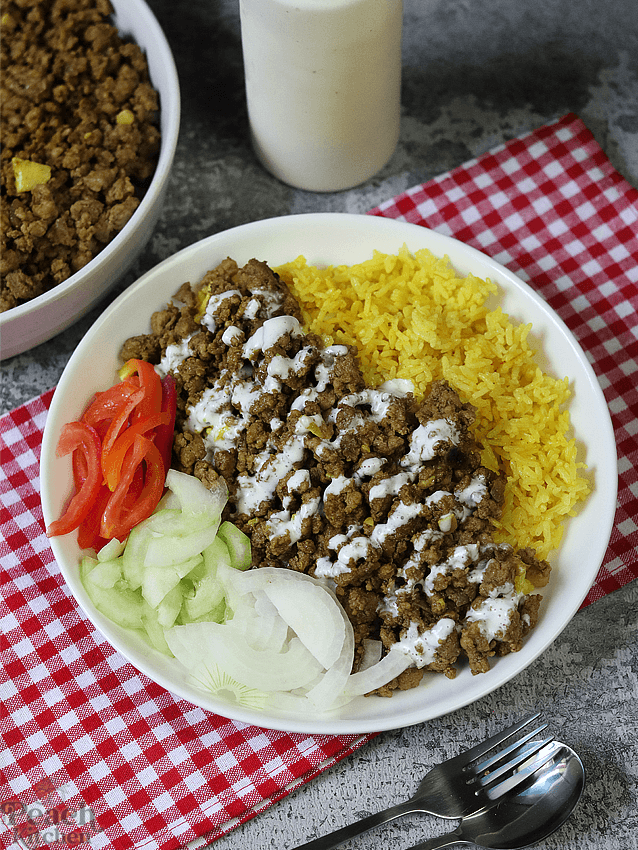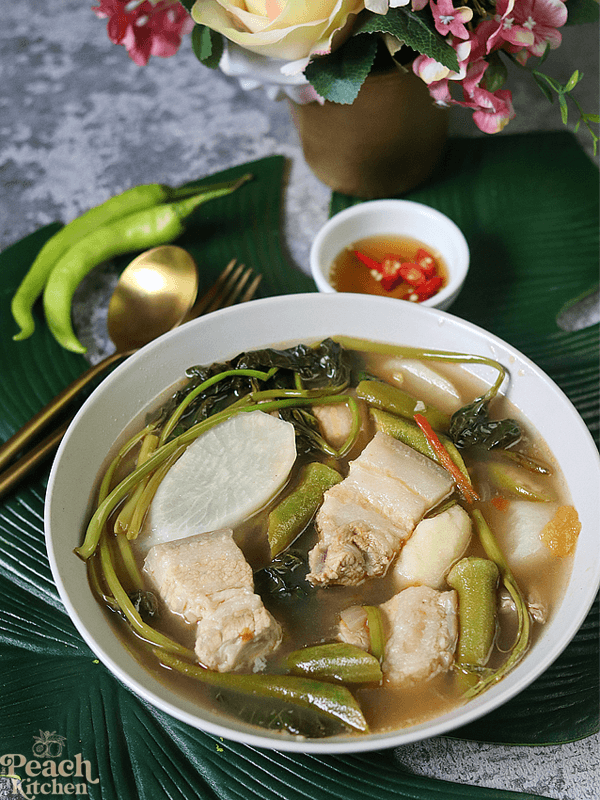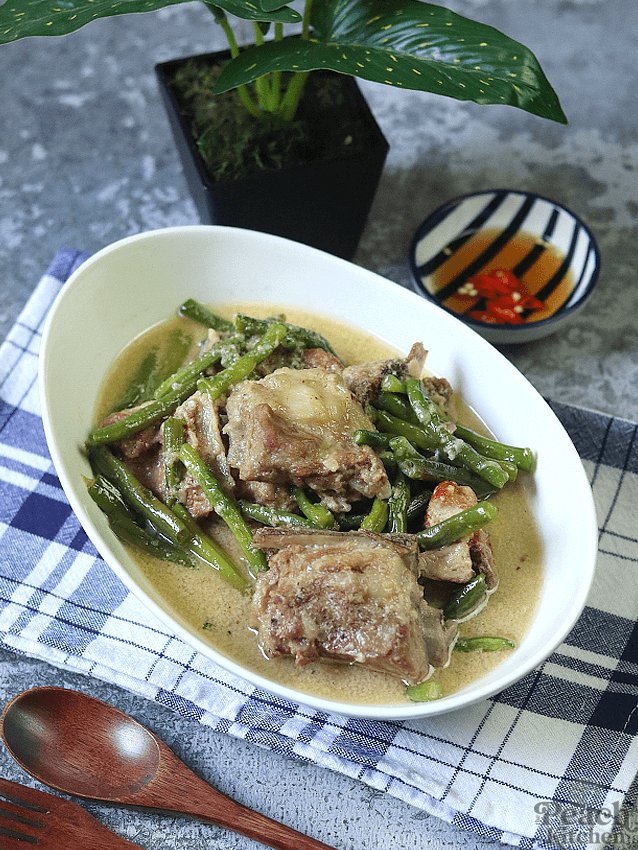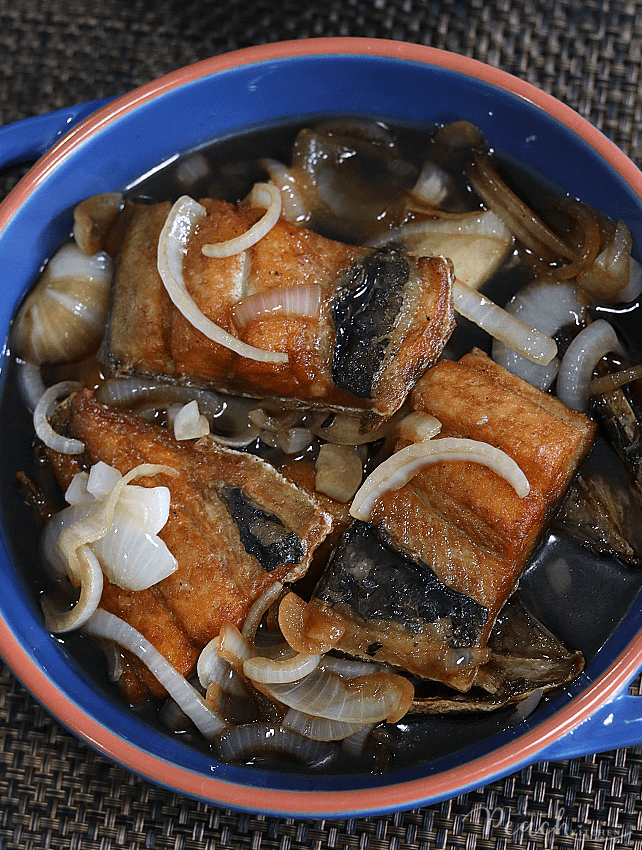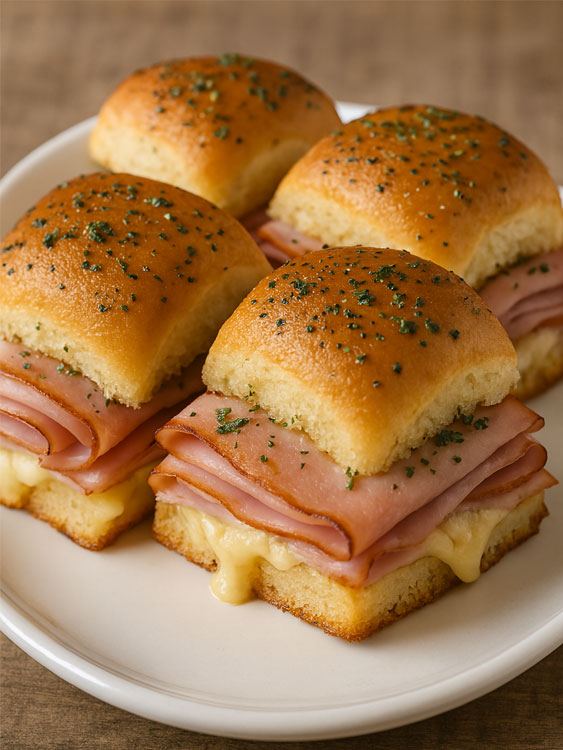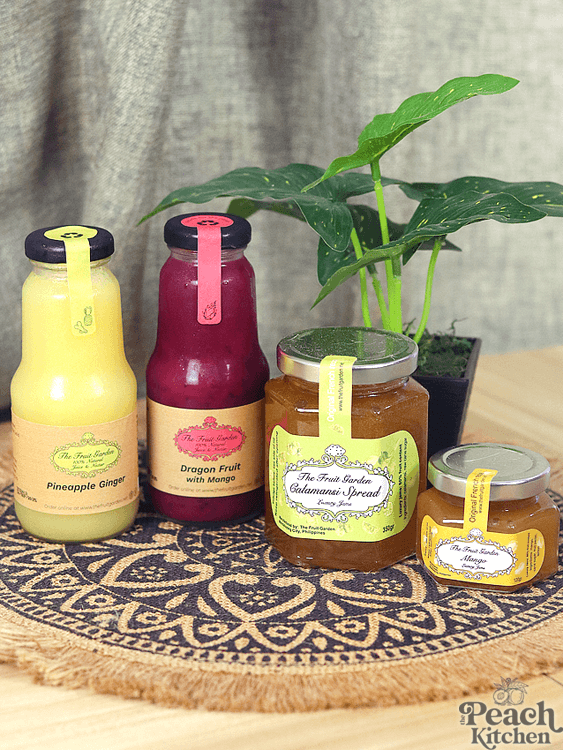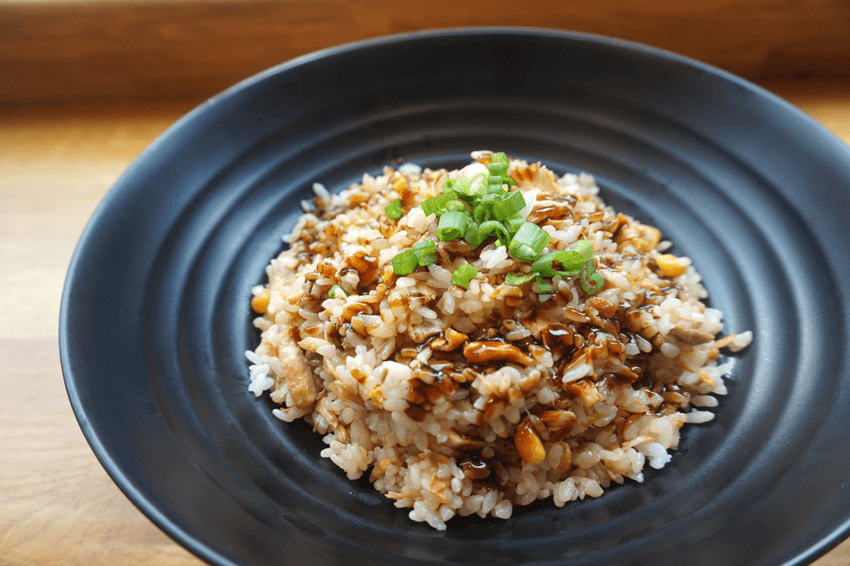
The rice diet foresees the prevalent consumption of this cereal. Let’s find out together what it is, what are the benefits and the possible risks.
Proposed in various sauces, with a decidedly more commercial aspect, the rice diet has its roots in the mid-40s when it was first used by Dr. Kempner as a non-pharmacological treatment of hypertension in subjects with renal diseases.
Abandoned the clinical use, for the poor quality of the results and for the high risk of malnutrition, the diet of the rice has been modified several times and launched as a possible remedy for obesity and metabolic disorders.
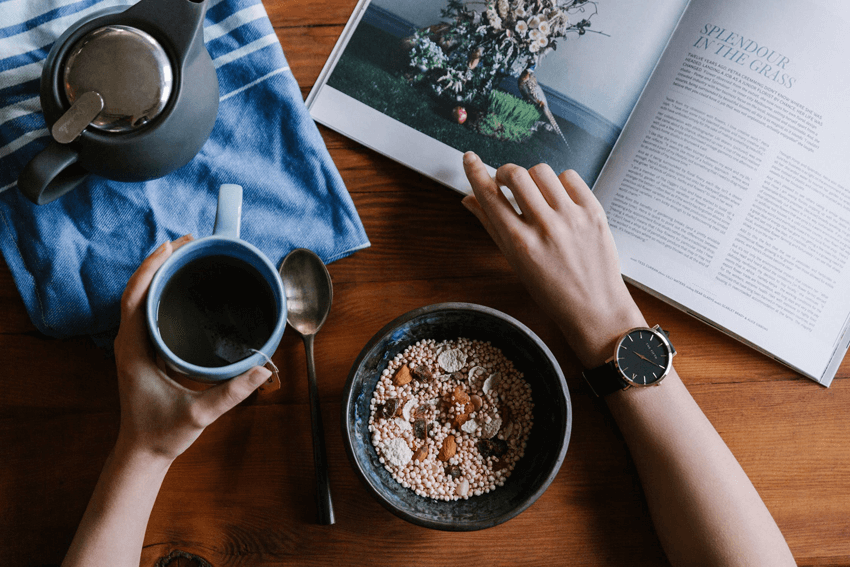
How Does It Work
The rice diet is currently proposed as a slimming and draining strategy. The protocol suggests the split into two phases:
- The first of three days, in which it is possible to consume only rice, vegetables and some fruit, with a real draining and detoxifying power;
- The second, which lasts 9 days, which combines the consumption of rice with that of other gluten-free cereals such as millet, quinoa, amaranth or buckwheat and some proteins consisting only of low-fat cheese, fish lean and lean and white meat.
The suggested rice, for these phases, is undoubtedly the integral variety which, thanks to the presence of the cuticle, preserves the fiber and vitamins content, also reducing its hyperglycaemic power.
Menu Example
Day 1-3
Breakfast: rice porridge or whole rice cakes with dehydrated fruit and honey
Lunch: brown rice with extra virgin olive oil and radicchio
Dinner: brown rice soup with spinach or cooked vegetables
Day 4-12
Breakfast: porridge made from rice milk and rice flakes with candied fruit
Lunch: risotto with brown or basmati rice with ricotta cheese and zucchini or brown rice with raw vegetables and first salt
Dinner: rice cream with shrimp and zucchini or risotto with spinach with chicken and vegetables
Properties and Benefits of Rice
Being a highly hypocaloric diet, the first benefit is certainly represented by the loss of body weight, which can even reach 3-5 kg in the proposed 12 days.
Moreover, the absence of gluten greatly reduces the intestinal load, making the digestive processes more fluid and efficient.
Even the intestine will therefore benefit, as long as you make sure to drink at least 2 liters of water a day.
Variety: On the market today we also find an infinite variety of rice from black rice to wild rice and then go to Arborio rice, rich in Vitamins A and Vitamin C.
Given the very low amount of sodium of the diet, and some phytotherapeutic properties of the rice plant, especially in the first phase it will be possible to easily experiment also with a strong draining power.
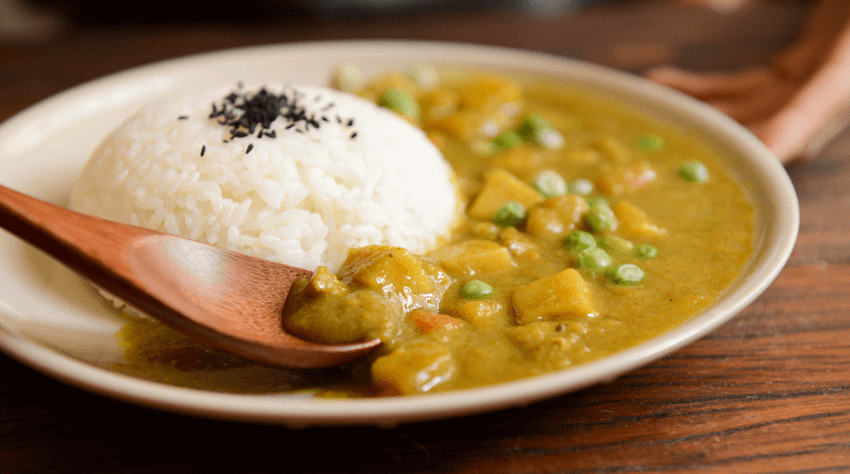
These problems may arise though:
- Potential risk of vitamin and mineral deficiencies;
- At risk of hypotension and fainting,
- From the strong protein restriction, such as to compromise the normal function of the immune system
- From the absence of any support or scientific evidence.
Therefore it’s strongly recommend that you contact a nutrition professional before embarking on a diet of this kind, reminding you in any case not to prolong such diets beyond the days normally proposed.
Going to a nutritionist before embarking on such a diet is highly recommended. Even various champions and athletes know its importance.
For example, Demi Moore, Charlize Theron and Jennifer Aniston are followed by a nutritionist, more known as the celebritys’ nutritionist, Gillian McKeith.
It is not news that famous people are obsessed with diet, even sport champions like Serena Williams or poker champion Katerina Malasidou to make good decisions during their games have always stated how important it is to go to a nutritionist and get a food education.
There are many things that most people do not know, such as what combinations of foods are bad, what causes drowsiness, what gives more energy, and so on.
For this reason, sportsmen also prefer foods like beans or rice, a traditional dish in many countries, introduced during periods of slavery, because rice is rich in starch, which provides energy and contains iron and protein.




